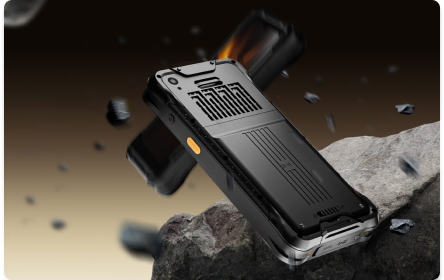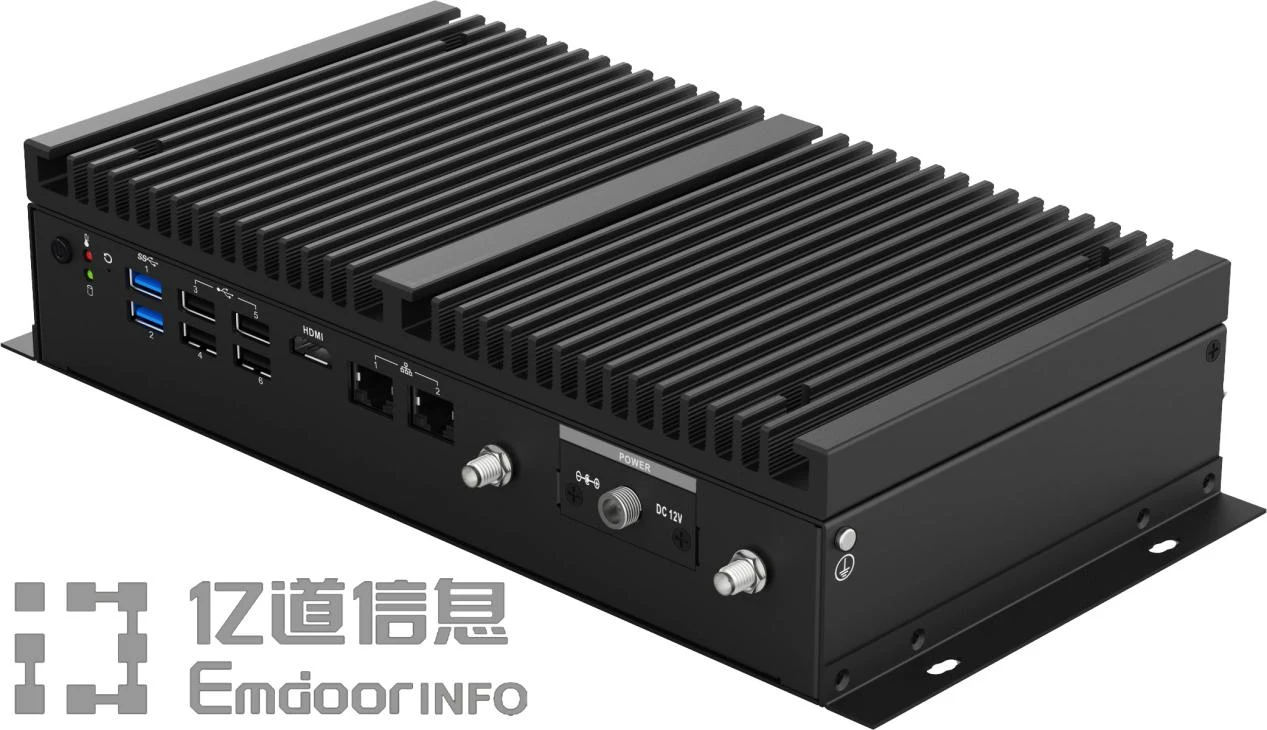
The most common embedded industrial pc operating systems is a dedicated computer with application-centric, computer-based technology, and software that can cut, function, reliability, cost, volume, and power consumption. It is generally believed that embedded pc systems need to cover both soft and hard aspects, which are fundamentally different from the previous simple single-chip systems:
1. In terms of hardware, the embedded operating system of industrial pcs has at least one high-performance processor as the hardware platform (the current mainstream is a 32-bit processor), such as ARM, MIPS, etc.
2. In terms of software, the embedded operating system of the industrial tablet PC has a multi-role operating system as the software system platform, such as Linux, WindowsCE, Symbian, UC/osII, VxWorks.
Two working states of ARM
ARM processor state & instruction set
ARM microprocessors usually have two working states, which can be switched between both.
The first is the ARM state, where the processor executes 32-bit aligned ARM instructions, corresponding to the ARM instruction set; the second is the Thumb state, where the processor executes 16-bit, half-word aligned Thumb instructions, corresponding to the Thumb instruction set. The microprocessor can switch between the two working states at any time during the execution of the program, and the change of its working state will not affect the working model of the processor and the contents of the corresponding registers. But when the ARM microprocessor starts to execute code, it should be in the ARM state.
The main links of developing embedded industrial tablet PC systems under Linux
Linux is open-source code. There is no black box technology. Linux has a small core, powerful functions, stable operation, powerful system, high efficiency, easy customization and cutting, and fierce price competition. Linux does not support X86CPU, it can also support dozens of other CPU chips.
1. Know the size of the rugged industrial tablet model interface, and read the user manual and hardware design specifications.
2. Know the output of the power supply.
3. Whether the sequence of plugging and unplugging interfaces supports hot and live to swap.
4. Be careful, calmly analyze the problem, take notes, expand the scope of the problem, try new ideas.
5. Use the network resources of the rugged notebook properly.

The main contents of exploring development in Linux
1. Understand the model of the target board device and the precautions in development.
2. The importance and position of the driver (BSP) in the embedded system.
3. The concept of Linux driver, driver structure, interrupt and memory processing, device driver initialization.
4. The framework and process of device driver development under Linux.
5. Module driver design under Linux (dynamic loading) The device driver is added to the Linux core.
6. Experiment: Two initial methods of writing driver framework + test cases (character devices).









